The SCHIRN is showing two works by artist Liesel Burisch for its June edition of DOUBLE FEATURE.
The fact that awareness is particularly heightened in physically extreme situations represents an evolutionary necessity. At the same time, this highlights the close connection between body and mind. The latter, most specifically, can be outwitted to a certain extent in spite of its indisputable complexity and thus such heightening forced: this is achieved by deliberately putting the body into situations that, for it, are out of the ordinary – such as extreme sports or drug use. But even meditation or illnesses may have a similar effect. It may therefore not be as abstruse as it might first sound that one psychoanalyst, for example, advises attending the analysis session even when one has a fever, as this specific physical state may foster areas of awareness that are particularly interesting for therapy.
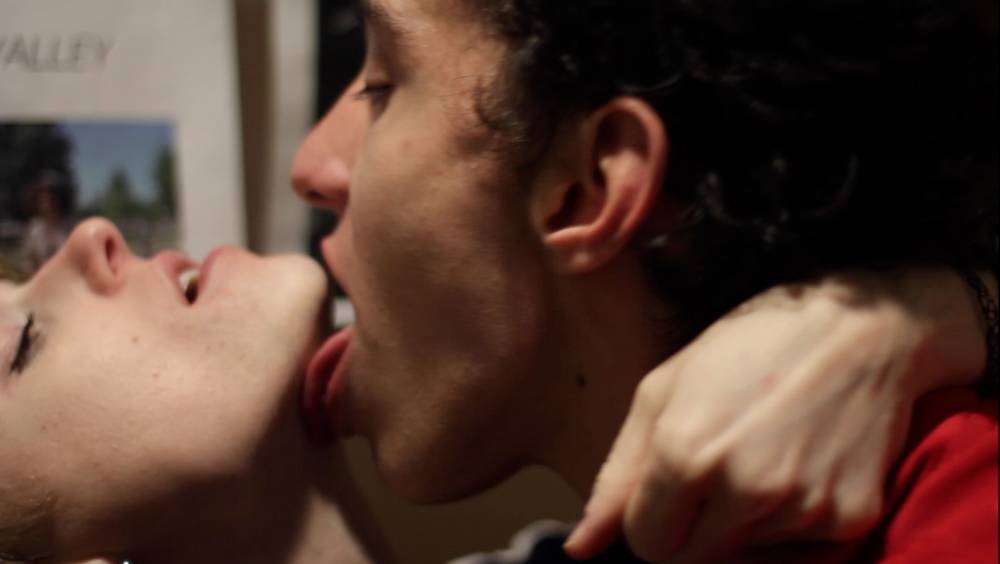
In “A collection of worst scenarios” (2016) by Liesel Burisch (born 1987) one has the impression of catching glimpses of precisely such pockets of awareness. One scene cuts to another in rhythmic staccato, weaving a five-and-a-half-minute conglomeration. The images show everyday scenes: faces, dancing and laughing people, shots of towns and cities, a kissing couple, cleaning work in a building. Repeatedly incorporated into the flood of images and sounds are shots of a woman analyzing the results of a computer tomography scan at a screen, as well as repeated close-ups of hematomas and contusions. The camera work supports the rapid editing and enhances the observer’s sense of disorientation: The content of the images is hardly ever revealed from in a long shot; framing remains close up to what is being shown.
Close-up on the battered face
In “A collection of worst scenarios” Burisch deals with the physically and medically enforced shutdown she suffered after a severe concussion, drawing her viewers into a stream of consciousness in which it is never clear whether what we are looking at is cause or effect of the ailment in question. The work ends just as it begins: with a close-up shot of the battered face of the injured person –the only difference being that the image is now no longer visibly blurred but focused.
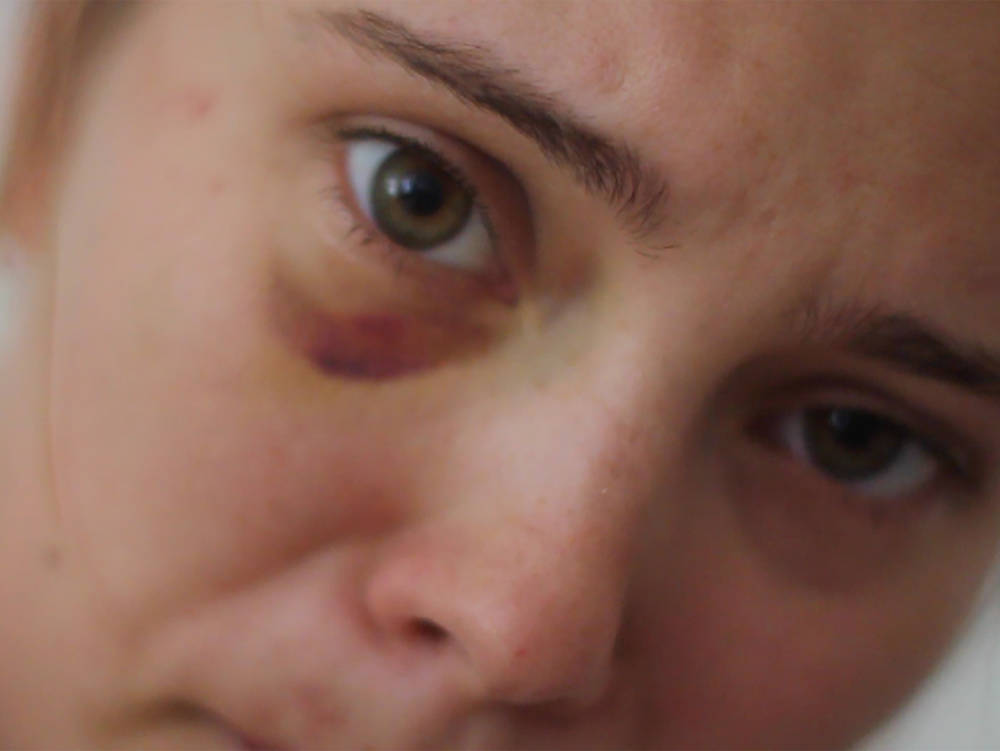

In terms of form, “Crowd Pleaser” (2016) is the complete opposite of “A collection of worst scenarios”. The image is divided in two: on the right-hand side, there is a red wall and a huge curtain, whilst the left-hand side offers a view of a room in which the artist sits behind a metallophone from the Indonesian Gamelan instrumental ensemble and soon begins to play. In its full ten-and-a-half minutes, “Crowd Pleaser” shows the complete performance by a total of three female dancers in lavishly designed costumes on the right, whilst on the left-hand side their own practice efforts are captured. The particular state of awareness this piece captures must be considered at the meta-level here: specific variations of this dance, which requires a great deal of physical mastery, plus the repetitive soundscape of the Gamelan ensemble can, in favorable circumstances, draw the observers themselves into a trance.
A financial fiasco
The second part of the DOUBLE FEATURE, “Sånger från andra våningen” (Songs from the second floor), provides an opportunity to see Roy Anderson’s return to feature film in the year 2000 after having taken a good 25 years off. Following the financial fiasco surrounding his film “Giliap” (1975), the Swedish filmmaker withdrew from the film industry and up until 2000 made a living primarily as a director of advertisements, for which he received praise from no other than directing legend Ingmar Bergman, amongst others, and was awarded the Golden Lion at Cannes a total of eight times.
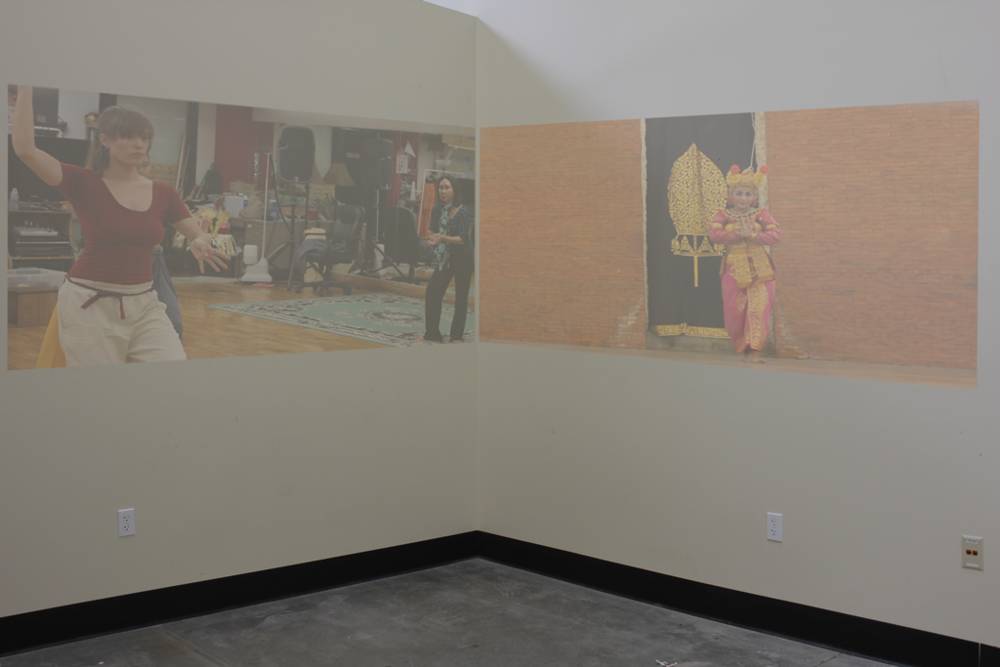
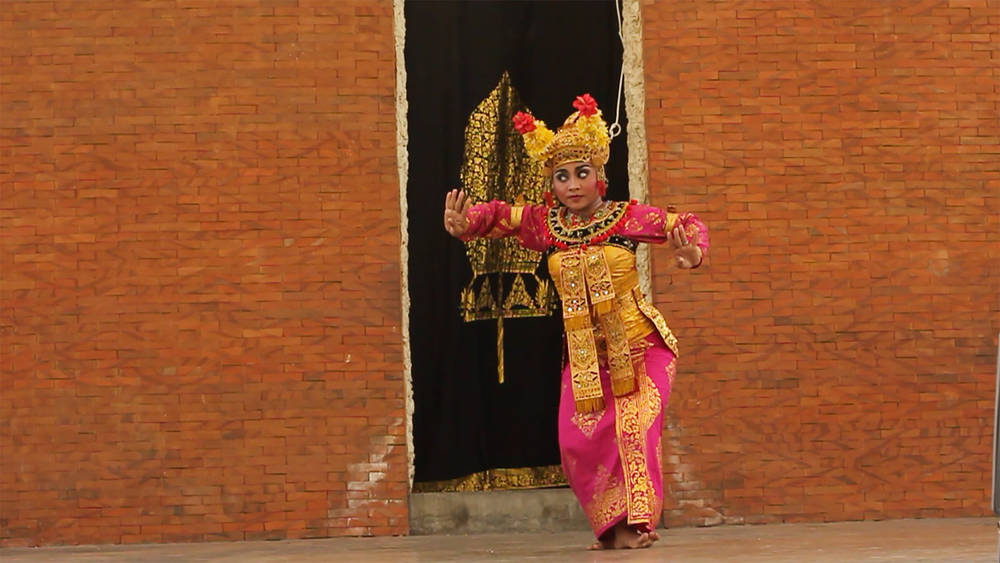
In “Sånger från andra våningen” Anderson weaves together episodes from the depressing and meaningless everyday life his characters endure in an apocalyptic-seeming world. In exceptionally composed images, the film focuses, for example, on furniture business owner Kalle (Lards Nordh) who, as a result of the tricky economic situation, unsuccessfully attempts insurance fraud by setting fire to his business, whilst also being confronted with personal failures in relation to family and friends. In drawn out shots, Anderson presents us with the portrait of a society which, after religious disillusionment, now also faces economic ruin, whose commercial efforts are revealed as ends in themselves, devoid of all meaning, whilst the citizens, robbed of their lost ideals and contexts, flagellate themselves openly in the street or spend their days sitting in their cars in endless traffic jams.
Sincerity and despair
Regardless of whether one believes “Sånger från andra våningen” offers a view of the supposedly approaching apocalypse or a creepy-funny weighing-up of the great intellectual movements of mankind: in spite of the absurdity and ridiculousness of the activity shown, Anderson’s work is a profoundly human film, which at no time gives way to mockery of its figures, but rather accepts their frailty and trickiness in light of their hopeless despair.
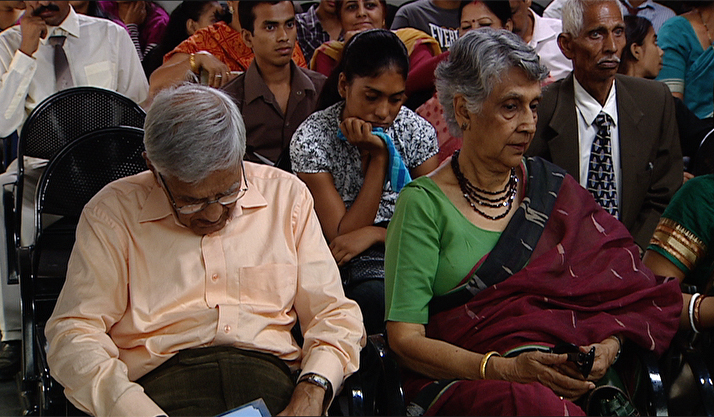
At the mercy of waiting
Artist Bani Abidi is dedicated to the dark absurdities of everyday life. In her video work "The Distance from Here" bureaucracy takes over and waiting...
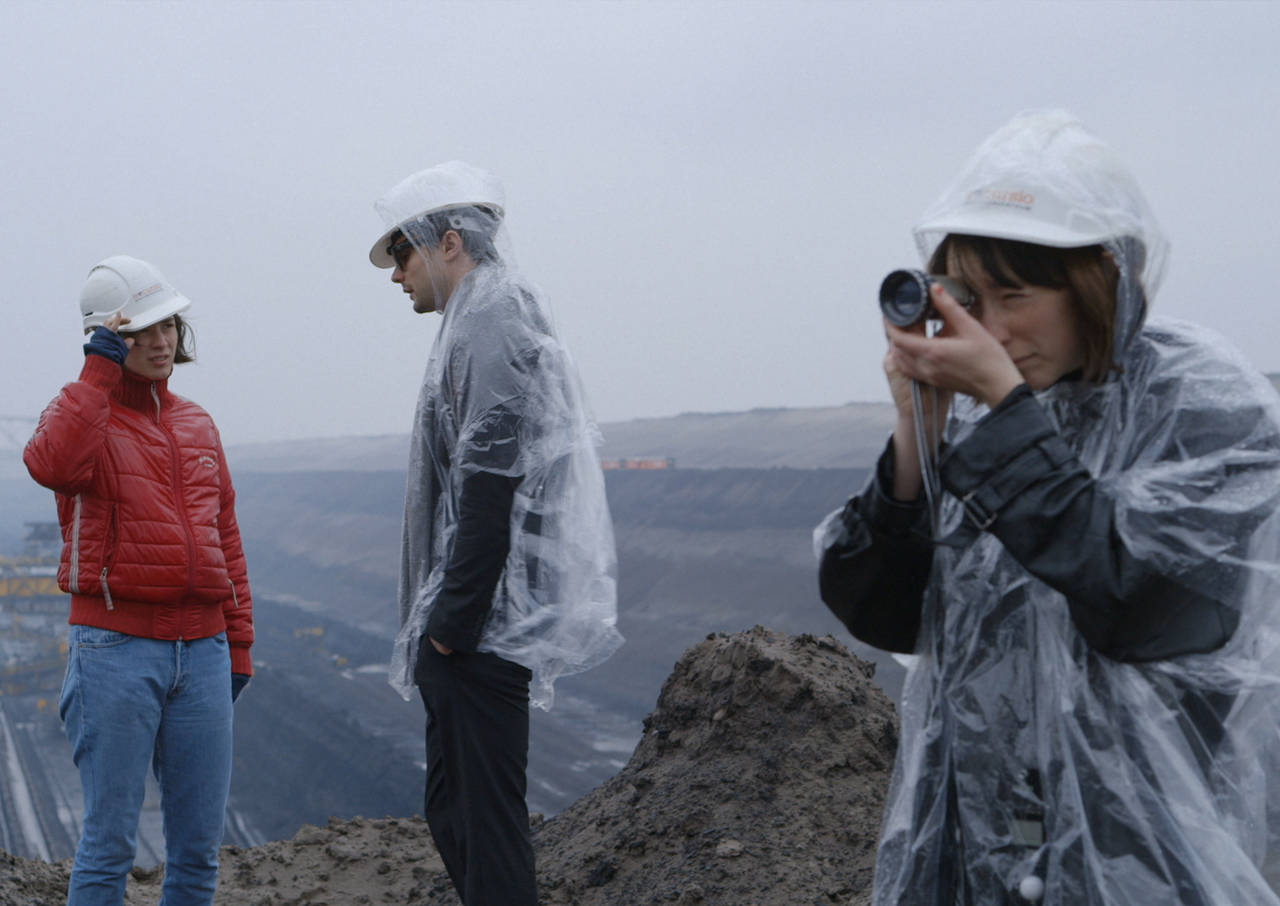
“Please don’t make a film about Godard!”
A film about filmmaking sounds a bit meta. But Kristina Kilian’s video work takes us on a ghostly journey through Godard’s Germany after the fall of...
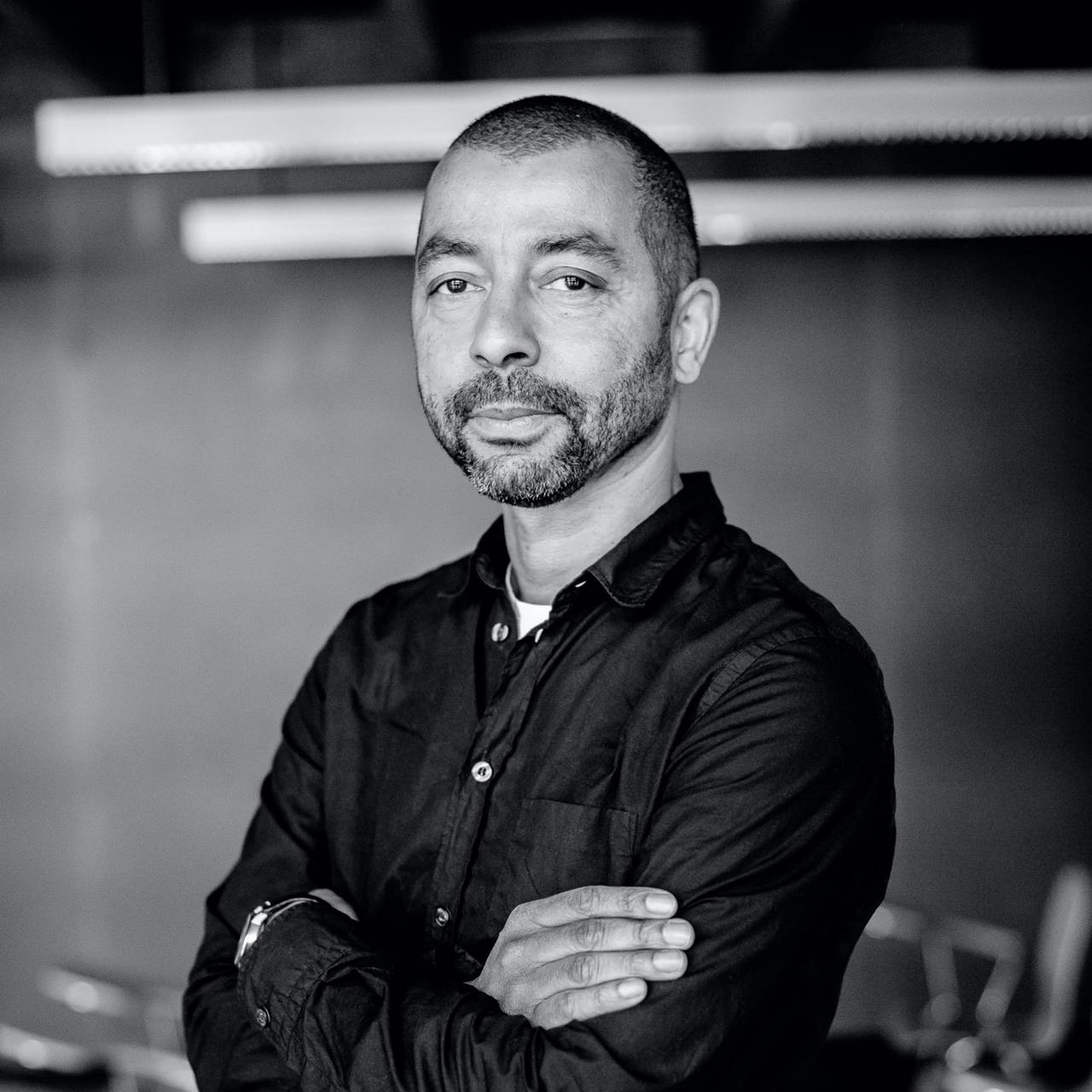
Black is not a Color
In a film series, Oliver Hardt combines the themes from Kara Walker’s work with the perspectives of Black people in Germany. In conversation with...
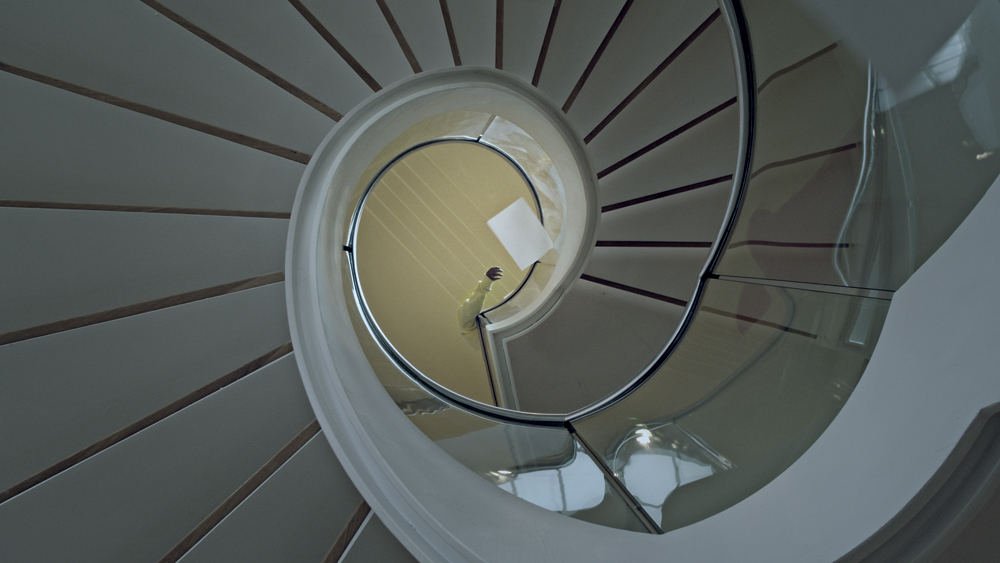
How do we Remember?
In which places does history become visible? And what do we remember at all? Maya Schweizer begins her search for clues in the sewers and slowly feels...

Film highlights from South and North America
How can we break with the power relations of the past and create a decolonial future? A look at the representation of Indigenous women in film.
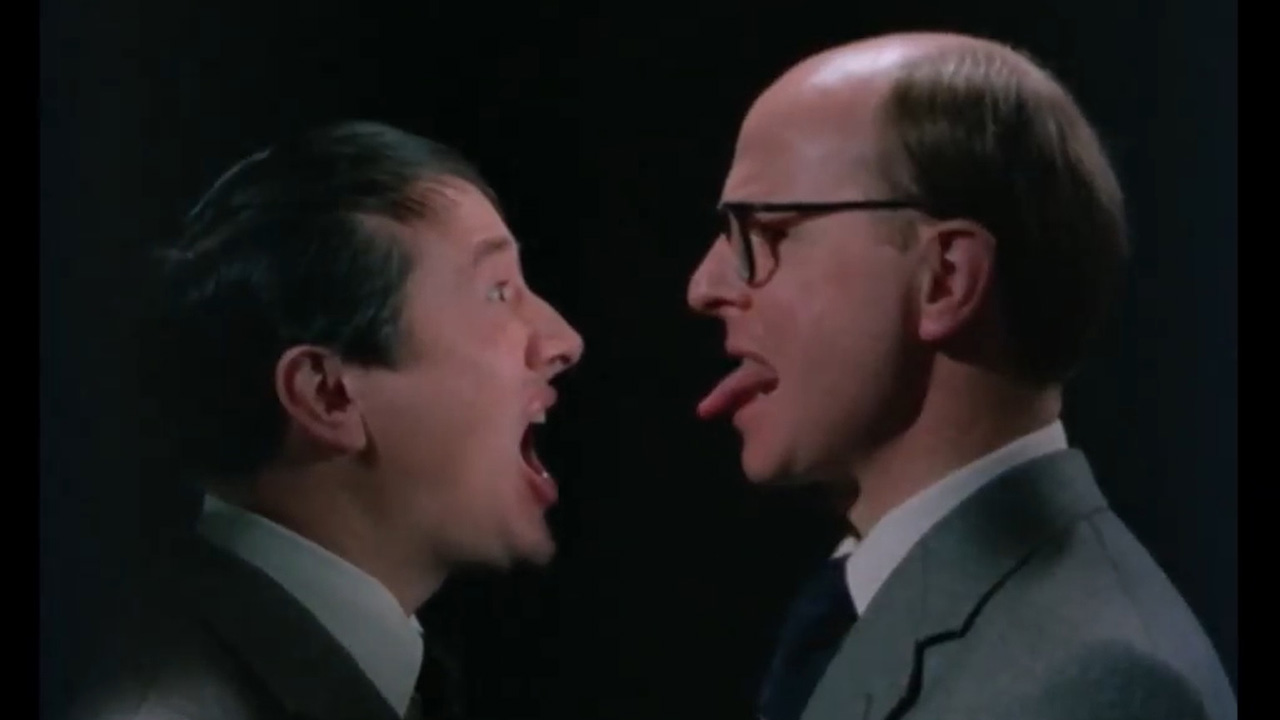
Must See: The World of Gilbert & George
Eccentric, fascinating, repulsive, entertaining and full of symbols: “The World of Gilbert & George” is a collage about the artifice of everyday life...